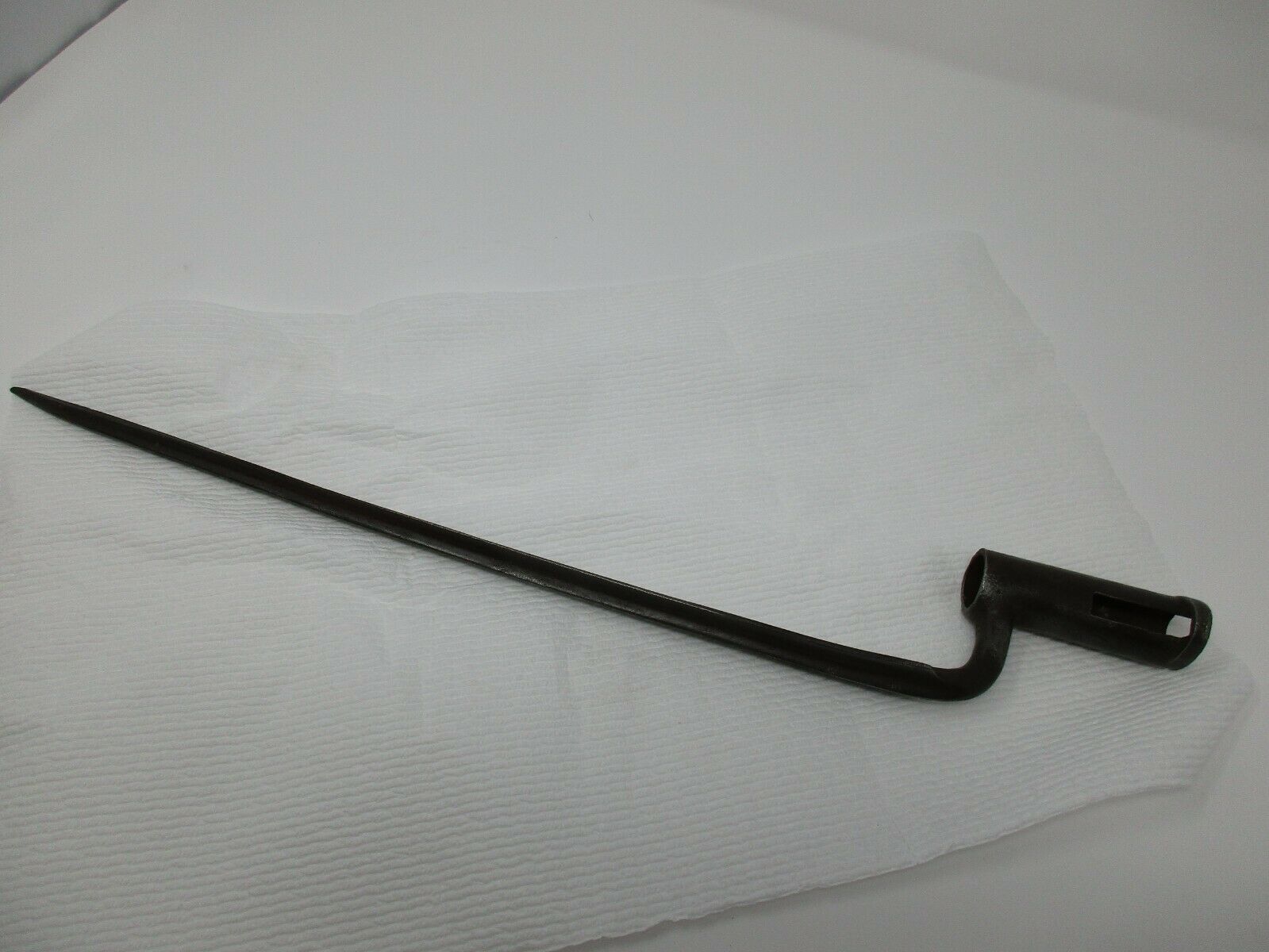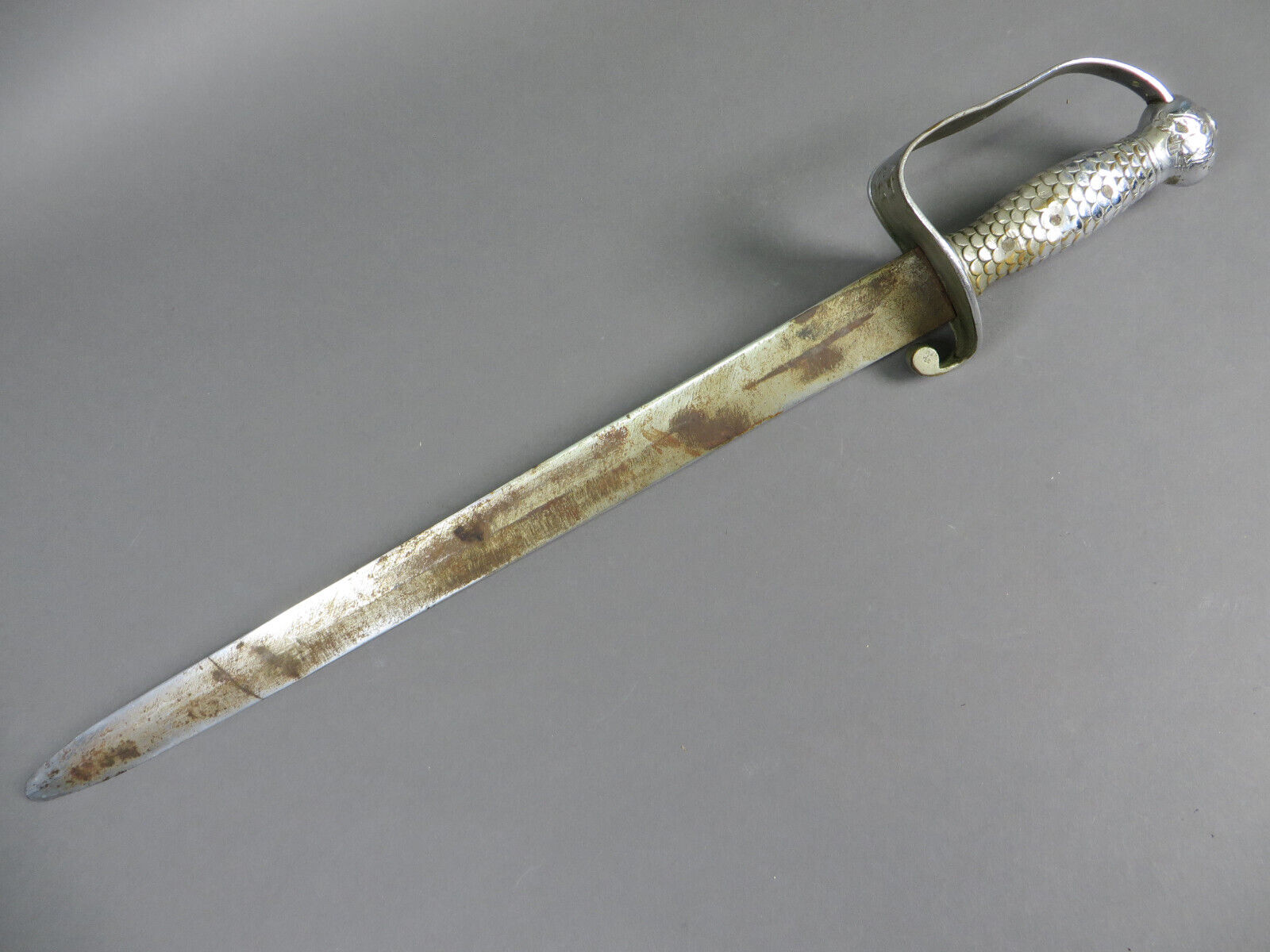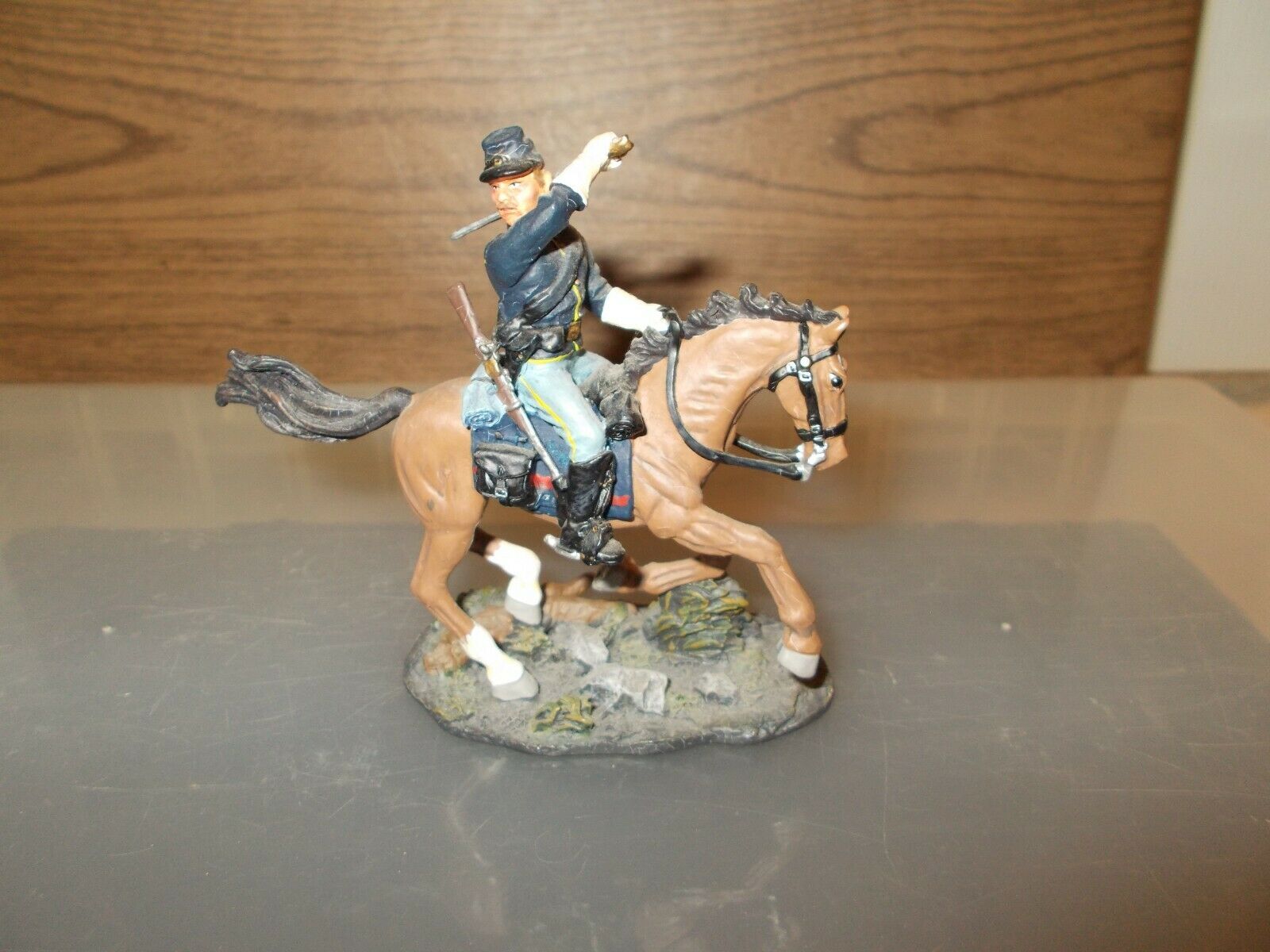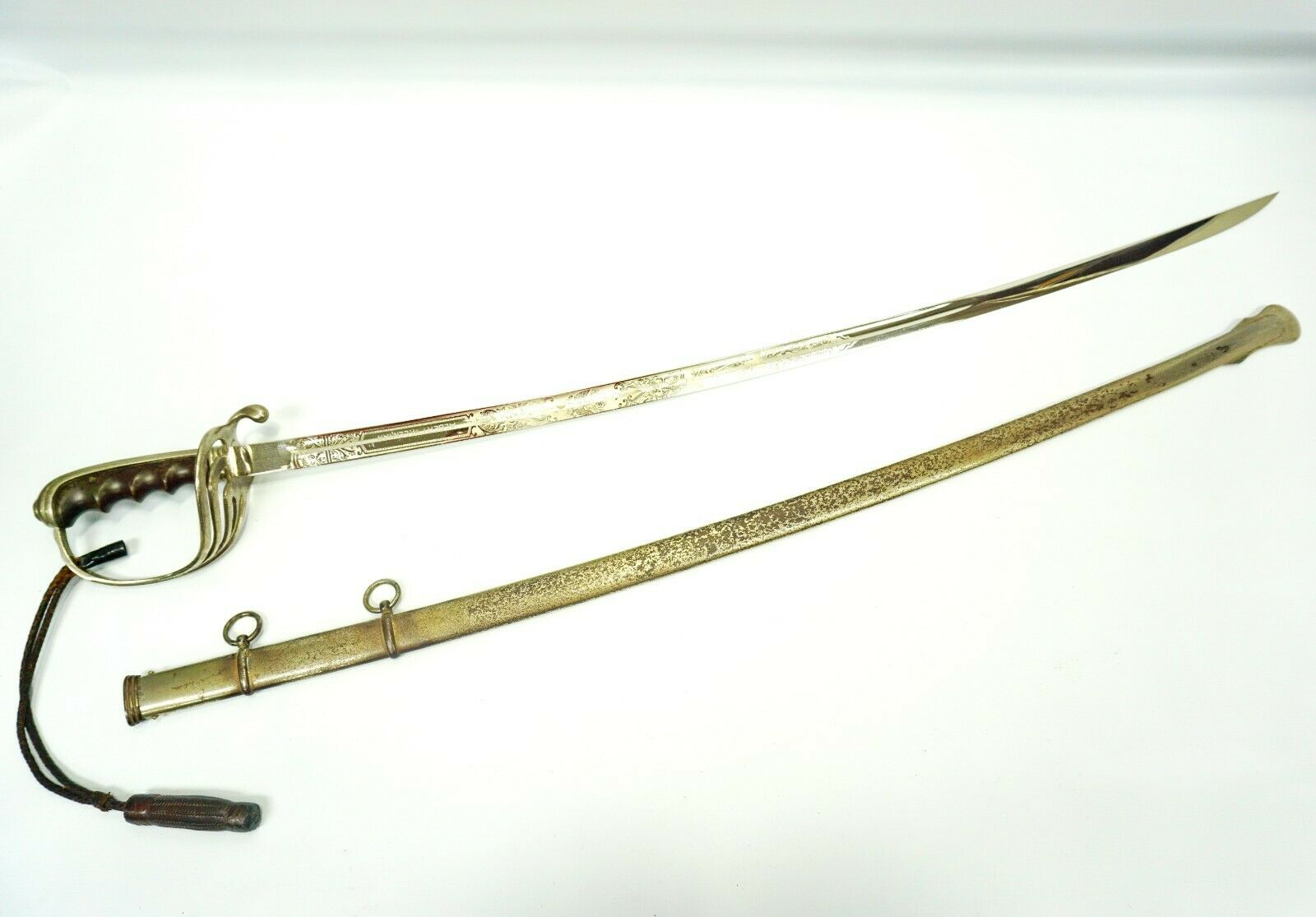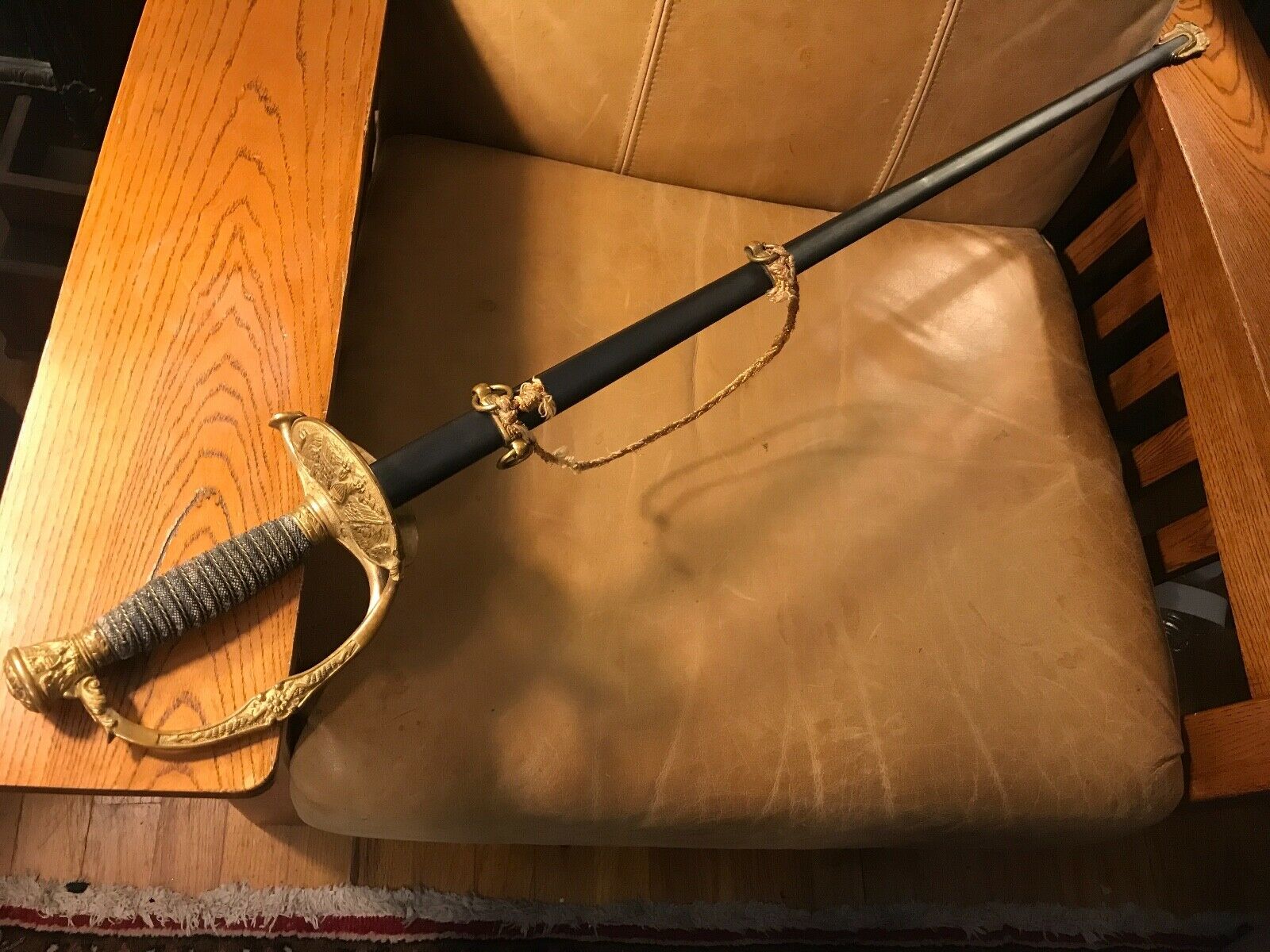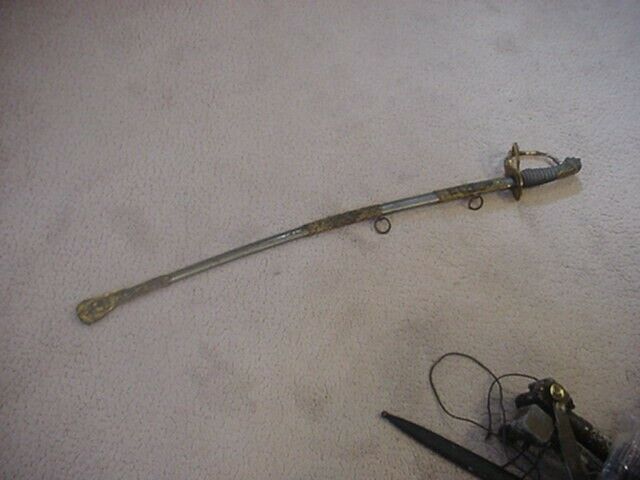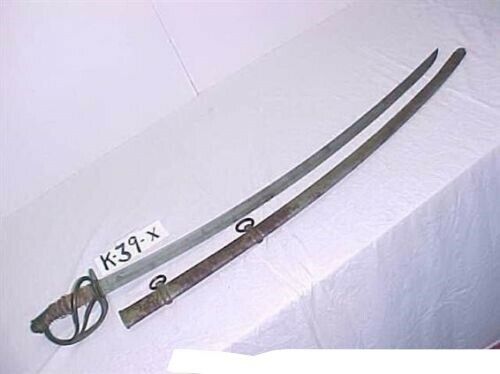-40%
Rare Early Sharps/ Spencer Socket Bayonet Civil War Long Example Union Army
$ 528
- Description
- Size Guide
Description
Rare Early Sharps/ Spencer Socket Bayonet Civil War Long Example Union Army.21” blade, 24” overall. No markings. A rare extra long early example. Later orders of these were ordered to be shorter as to fit the US 18” scabbards.
This bayonet has a well documented write-up on World of bayonets:
Socket bayonet for use with.52 caliber Sharps breech loading rifles and .52 caliber Spencer repeating rifles adapted for a socket bayonet.
According to research published in the Society of American Bayonet Collectors (SABC) Journal, Volume 26, Winter 1998, these early Sharps/Spencer bayonets are believed manufactured by W.T. Clements of the Bay State Works, Northampton, Massachusetts.
Bay State Works is documented as having received a State of Massachusetts contract for sword blades, bayonets and gun barrels on July 2, 1861. The Army purchased 668 Sharps rifles from the Union Defense Committee of New York one month later, in August 1861. Collins & Co. produced most of the socket bayonets used with Sharps rifles, however, did not begin production until much later, so the bayonets supplied with these first Sharps rifles came from another source.
Bay State Works is also believed to have produced the bayonets supplied by Boston contractor, Augustine J. Drake who altered Model 1841 rifles to the Lindner patent for the State of Massachusetts. All of these bayonets share an unusual blade design, with the back flutes cut all the way through the elbow, that has come to be known as the “Drake Pattern.”
The first 1,200 Spencer repeating rifles delivered to the Army are documented as having been accompanied by socket bayonets with 18.5 in. (470 mm.) blades produced in Northampton. These bayonets were not compatible with the Army’s existing 18-inch bayonet scabbards. In November 1862, the Ordnance Department accepted the bayonets that had already been produced, but required that any additional Spencer bayonets be of the standard 18-inch blade pattern as those used with the .58 caliber Springfield rifle-musket.
If the above is an indication, fewer than 2,000 of these bayonets may have been produced. Only a handful of examples are known to exist today.
The socket length is 3.00 in. (76 mm.)
“End of text”
This is a very rare bayonet, museum quality example.












